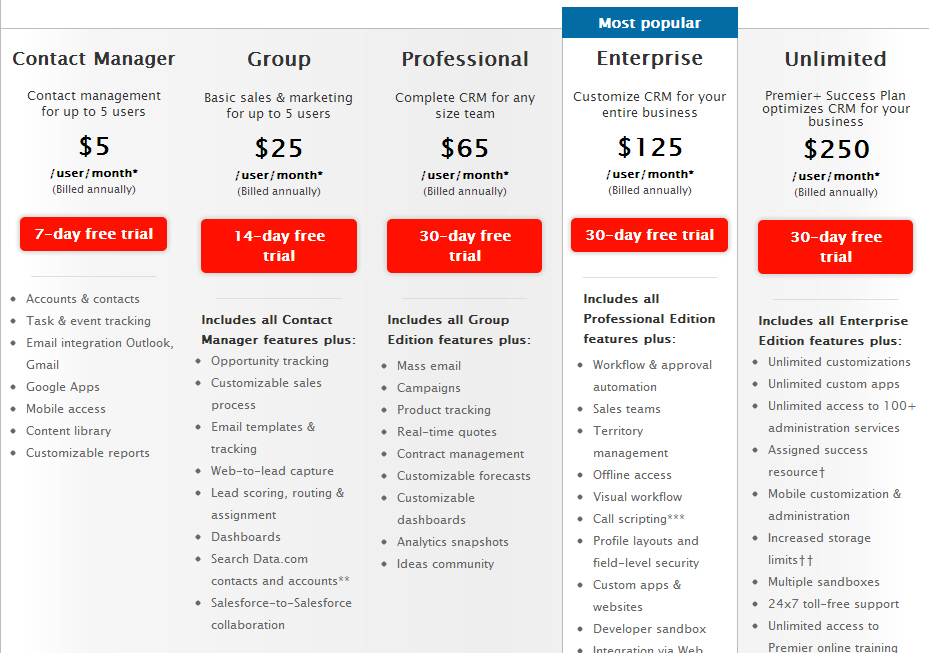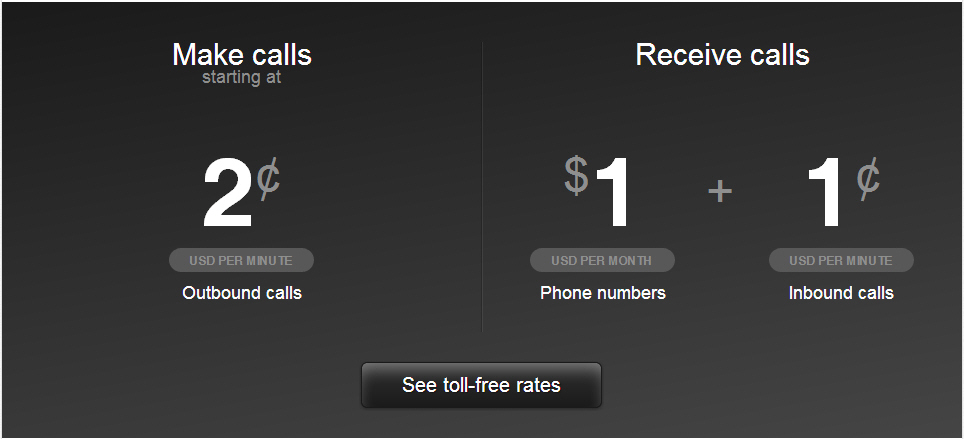The subscription commerce economy is all the rage. According to a recent Forbes article, Dropbox earned $500 million in revenue from its paid subscribers. Software giants Microsoft and Adobe saw the writing on the wall, and in 2012, converted their classic product suites from a download perpetual license to a cloud based subscription service. Thus, Microsoft Office became Office 365 and Adobe Creative Suite is now Creative Cloud.
Recognizing this important trend, Forrester Research’s Peter Sheldon recently published a report covering the market for subscription solutions to help companies evaluate their subscription commerce needs. One of the most important parts of the report distinguishes between two competing options for those who sell subscription products: recurring billing platforms and full service digital commerce platforms.
Recurring billing platforms
Recurring billing platforms are point solutions for subscription products. These solutions focus on subscription management, which is the function of managing when each customer is due to be billed and for how much.
Think, for example, of a newspaper or magazine subscription where the publisher needs to know when a subscription is expiring. The vendor either collects the annual/monthly fee or stops delivering the publication if the customer doesn’t pay by a certain date. A recurring billing platform will manage this information for the vendor, though they won’t necessarily act as the merchant of record and collect payments.
Of course, the management of subscriptions can be quite complex in the digital world. Subscriptions models used by companies like Salesforce offer customers different levels of functionality for a variety of prices per seat, per month. That in and of itself might not be too complicated to calculate, but what happens when a customer adds or cancels seats in the middle of the billing period and prices need to be prorated for partial months? In these cases, a recurring billing platform can be a very effective management tool.

Alternatively, Twilio utilizes a usage-based billing subscription for its call services where a customer pays only for the amount of phone calls they actually make.

As you can probably imagine, the complexity of managing subscription information for thousands or millions of customers increases exponentially. Unfortunately, a recurring billing platform does not solve Twilio’s need to allow payments from global customers or provide alternative payment methods.
Ultimately, subscription management is only one part of a much larger picture – which is where the full-service digital commerce solutions come into play.
Full service platforms
When it comes to cars, some people build their own and some people rely on dealerships. If you build your own car, you can’t just buy some tires from the tire store and then start driving. You’ll need to supply your own engine, brakes, transmission, drive-line design etc. But a dealership will handle all of that complexity for you. They offer the broad care that is beyond the capabilities of suppliers of a single element.
So too in ecommerce. Digital commerce platforms are analogous to dealerships. These are the solutions that have subscription management as one component of the entire ecommerce picture, which includes:
- Localizing payment methods
- Designing checkout processes for different regions
- Field forms
- Calculating sales tax and VAT
- Fraud prevention
- Affiliate management
- Reseller management
- B2B customers
Don’t underestimate the complexity involved in subscription commerce as the pain of unhooking from a niche point solution can be substantial.
Subscription Commerce: What is the right solution?
The right solution depends not only on a business’ needs, but also on a business’ capabilities. One caution to note is that if products are already being sold through an existing platform, this could be a good time to reevaluate a billing solution because it’s likely that there may be areas lagging behind industry best practices.
Rather than evaluating every potential scenario, here are some guidelines for using different solutions:
Full-Service Solution
- Global Ecommerce – If you think that your market will extend beyond a single region, as most online business do, global capabilities are needed and a full-service solution is the best option.
- Lack of internal resources – While a point solution is hosted externally, integrating it into your internal systems and existing ecommerce infrastructure will be a challenge.
- Prototyping for a new product – Oftentimes a business is looking to roll out a new product without making a large investment. Full-service platforms are perfectly built for this use due to low start-up costs and fast implementation times.
- Multiple product types – If you are selling anything other than subscriptions, point solutions won’t help you with selling things like perpetual licenses, maintenence packages or backup CDs.
Point Solution
- Existing in-house solution – For companies with an existing in-house ecommerce infrastructure, a point solution to augment existing capabilities makes a lot of sense.
- Technical expertise in-house – Same goes for companies with existing payment contracts, a global customer service organization and on-staff developers: a point solution can be integrated to achieve its needs.
- Unique subscription management requirements – If you sell strictly subscription products, whether through fixed charges, usage-based billing or tiered plans, a full digital commerce platform might be overkill for your current needs.
Keystone
Analyze your business’ needs for today and anticipate for tomorrow before evaluating providers to ensure the correct solution is implemented.
What other scenarios do you think are good for either point solutions or full-service solutions?
Great read Craig and plan to review this with the teams over the weekend.
The issue of “what happens when a customer adds or cancels seats in the middle of the billing period and prices need to be prorated for partial months?” is a key factor many start-ups never build into their choice of eCommerce platforms for sure:)
~Clint
@cazoomi
Thanks, Clint. We see a lot of people confused about why a point solution isn’t the right solution for all. What usually happens is that people aren’t given all the information up front, they make an uninformed decision and then are stuck with a decision for years. Hopefully this article will help people dissect what the difference is.
And I hope that you haven’t fallen prey to the “middle of billing cycle” problem mentioned! If you did, you aren’t the first and won’t be the last!
cheers,
craig.
Thanks Craig and totally agree. The “middle of billing cycle” is a painful hurdle to overcome and one we are looking at tackling this year for sure.
~Clint
@cazoomi